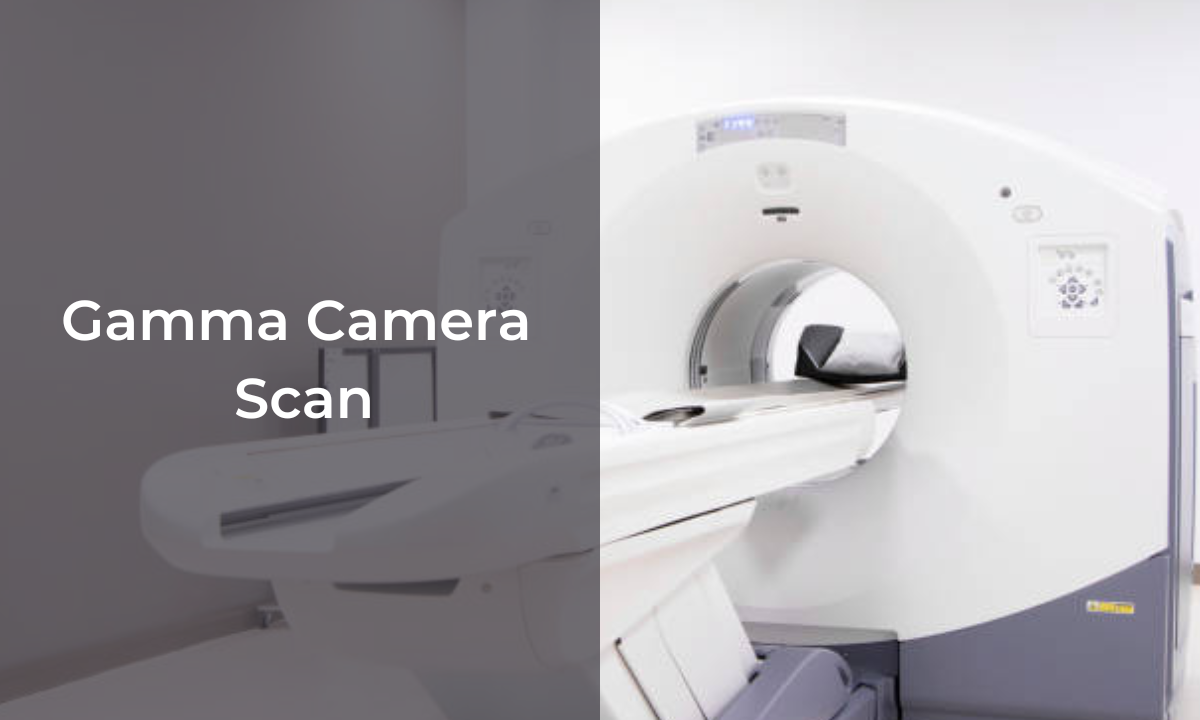Prostate malignant growth is quite possibly the most widely recognized disease influencing men. For certain individuals with cutting edge prostate disease that has spread to different pieces of the body, standard medicines may not fill in also. In these conditions, experts have been examining new assigned radiation treatments that use radioactive drugs. One such treatment is called lutetium PSMA therapy.
What is lutetium PSMA therapy?
Lutetium PSMA treatment, likewise called lutetium-177 PSMA-617, is an arising kind of designated radiation treatment for prostate malignant growth. It works by using a radioactive form of the metal lutetium combined with a drug called PSMA-617 that targets a protein called prostate-specific membrane antigen (PSMA) found on prostate cancer cells.
When the lutetium-PSMA drug is injected into the bloodstream, it travels through the body and binds specifically to PSMA on prostate cancer cells. The lutetium then, at that point, conveys little, designated portions of radiation straightforwardly to these carcinogenic cells. Nearby normal cells are not affected as much since they do not express high levels of PSMA.
This allows lutetium PSMA therapy to deliver a high dose of radiation specifically to areas where prostate cancer has spread, while limiting side effects by avoiding radiation exposure to other tissues.
Likely Advantages
Research has shown a few promising outcomes for lutetium PSMA treatment in treating progressed prostate malignant growth that has spread. Some potential benefits include:
- Targeted Treatment – By targeting PSMA, the radiation treatment is directed specifically to prostate cancer cells and avoids exposing other tissues to unnecessary radiation.
- Pain Relief – For men whose cancer has spread to their bones, lutetium PSMA therapy may help relieve cancer-related pain by shrinking tumors in the bones.
- Contracting Growths – Studies have shown the therapy can altogether recoil growths in the prostate organ, lymph hubs, bones, and different destinations where the disease has spread. This response typically occurs within 3-6 months.
- Slowing Disease Progression – By killing prostate cancer cells, lutetium PSMA therapy may help slow the progression of advanced disease and lengthen the time before the cancer grows or spreads further.
- Improved Survival – Some research has linked lutetium PSMA therapy to improved survival rates, especially when used earlier in the treatment sequence before disease becomes resistant to other therapies. Notwithstanding, more exploration is as yet required.
Who May Benefit?
Based on current research, lutetium PSMA therapy may provide benefit for individuals who meet all of the following criteria:
- Have metastatic castration-resistant prostate cancer (cancer that has spread beyond the prostate and no longer responds to hormone therapy).
- Have disease that can be seen on a PSMA PET scan (the scan helps locate where the cancer is located).
- Have reasonably well-controlled disease outside of the sites seen on PSMA PET scan.
- Are able to tolerate radiopharmaceutical therapy and additional treatments that may be recommended.
- Have a life expectancy of at least 6-12 months.
The treatment is still considered investigational in many areas and may only be available through clinical trials or specialized centers at this time.
Considerations Before Treatment
While promising, lutetium PSMA therapy is a newer treatment approach still under investigation. There are some factors an individual and their doctors should consider:
- Side Effects – Common short-term side effects may include fatigue, nausea, vomiting, loss of appetite and low blood cell counts.
- Multiple Treatments – For best results, the treatment is usually given in multiple rounds or cycles several months apart as tolerated. This subjects the body to repeat radiation exposure over time.
- Cost and Insurance Coverage – The treatment involves specialized drugs and scanning, so out-of-pocket costs can be high if not covered by insurance. Coverage varies by plan and location.
- Drug Availability – Supplies of the lutetium-PSMA drug are still limited as production and manufacturing capabilities increase to meet demand.
- Disease Response – While response rates have been promising, the treatment may not work for every man or stop cancer growth indefinitely. Different choices might in any case be required.
- Long Term Effects – More research with longer follow-up is still needed to fully understand long term efficacy and safety since the treatment is fairly new.
Specialists will consider the dangers and advantages in view of the singular’s malignant growth status, including elements, for example, the stage and forcefulness of the illness, past medicines got, reaction to earlier treatments, in general wellbeing status, and future.
How does Lu-PSMA therapy work?
Lu-PSMA therapy is a form of targeted radionuclide therapy for prostate cancer. It works by using a radioactive isotope of the metal lutetium, combined with a small molecule drug called PSMA-617 that specifically targets prostate-specific membrane antigen (PSMA).
It is highly expressed in metastatic castration-resistant prostate cancer (mCRPC). The PSMA-617 drug acts like a “homing device” that seeks out PSMA.
When administered intravenously, the lutetium-PSMA drug circulates throughout the body. The PSMA-617 component binds strongly to PSMA proteins on prostate cancer cells, wherever they may have spread – whether locally in the prostate, nearby lymph nodes, bones, or other organs.
Lutetium-177, the radioactive isotope used, delivers beta particle radiation directly to the cancer cells. Beta particles can only travel short distances of about 1-2 millimeters, so they deposit their energy locally in the immediate area of the tumor.
This allows Lu-PSMA therapy to deliver a very high dose of targeted radiation specifically to PSMA-expressing prostate cancer cells, while limiting radiation exposure to surrounding normal tissues that do not express high levels of PSMA.
The radiation damage from lutetium-177 is designed to kill the prostate cancer cells by interfering with their DNA and cellular function. Multiple treatments may be given months apart to continue destroying any remaining cancer cells as tolerated.
By precisely delivering radiation only to prostate cancer metastases, Lu-PSMA therapy aims to improve treatment effectiveness and reduce side effects compared to traditional non-targeted radiation therapies.
What are the considerations for Lu-PSMA therapy after treatment?
Here are some key considerations for patients after undergoing Lutetium PSMA therapy:
- Follow-up Scans- Patients will need multiple PSMA PET/CT scans (such as at 3, 6, and 12 months) after treatment to monitor their response and check for any recurrence of cancer.
- Side Effects- Short term side effects like fatigue and low blood counts may persist in the weeks after treatment. Long term side effects are unknown but being monitored.
- Additional Treatment- Lu-PSMA therapy alone may not cure the cancer. Patients may need additional hormone therapy, chemotherapy, radiation, surgery or trials depending on their response.
- Symptom Management- Doctors will watch for recurring symptoms from metastases like bone pain and provide palliative care or other local therapies as needed.
- Diet and Lifestyle- Patients should maintain a healthy diet and lifestyle to support their overall wellness during and after treatment.
- Follow-up Visits- Regular medical exams and doctor visits are important for monitoring the cancer, treatment effects, and managing any new issues that may arise.
- Support Services- Patients may benefit from psychosocial support, support groups, nutrition counseling etc. to help cope with uncertainties after treatment.
- Long Term Effects – As more data is collected, doctors will gain better understanding of long term outcomes, side effects, and potential late effects from Lu-PSMA therapy.
Close physician follow-up is important after Lutetium PSMA therapy to optimize outcomes and manage patients’ physical and emotional wellbeing.
To sum up, lutetium PSMA treatment shows guarantee as a designated approach for treating progressed prostate malignant growth. For anybody confronting this troublesome illness, Lu-PSMA treatment might assist with lessening disease related side effects, shrivel cancers, and defer movement at times. However, as with any new treatment, more research is still needed to further optimize its use and fully understand both short and long
Located in Bangalore, Kiranpet Diagnostic Center has been providing quality diagnostic services to the community. It is known for its developed assembling of radiologists and prepared experts, as well as a commitment to change care for each tireless.
KiranPet is a notable pet demonstrative place situated in focal Bangalore that gives thorough medical care administrations to canines and felines. Owned by an experienced veterinarian, the clinic has been serving the local pet-owning community by offering affordable diagnostic tests, vaccinations, surgery and other treatments.






